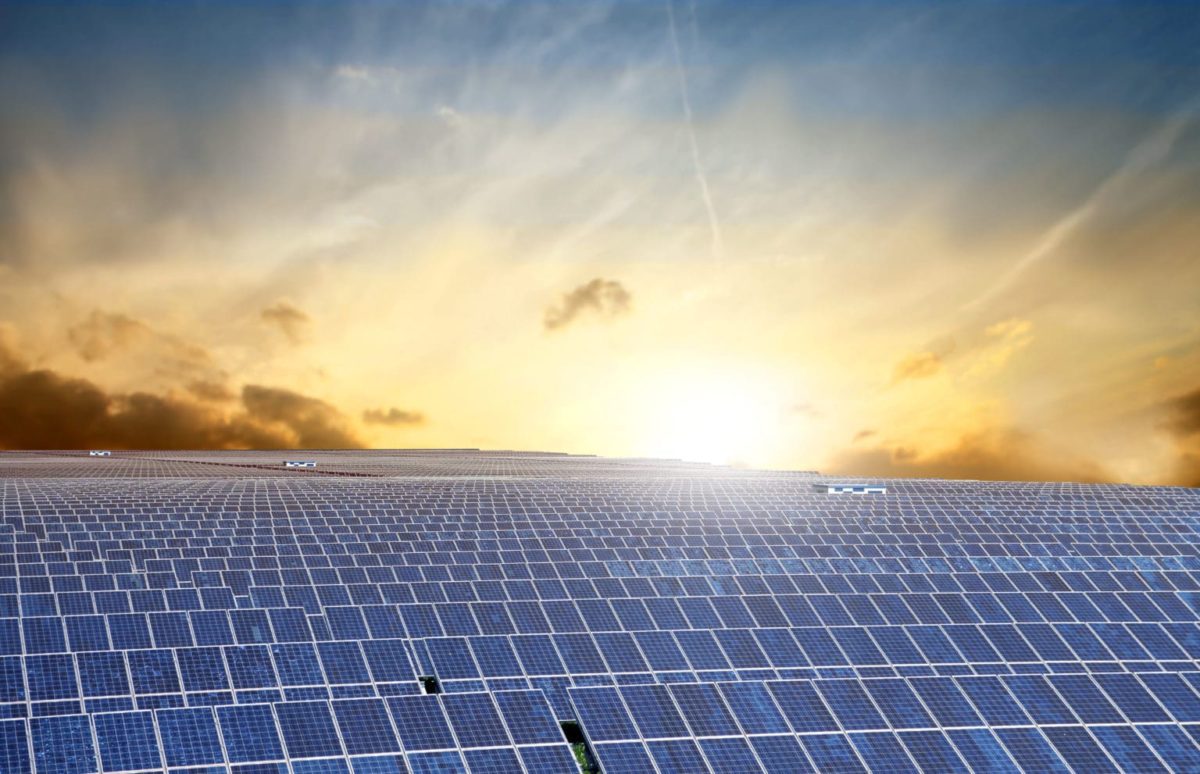The International Energy Agency (IEA) recently released the first global “Net Zero by 2050″ roadmap, which was requested by the U.K. government’s COP26 leadership in advance of the UN Climate Change Framework Convention in Glasgow in November. The report expects solar to deliver 23,000 TWh of the 71,000 TWh forecast electricity generation needed by 2050, which would make it the world’s single largest source of total energy supply.
However, Rystad Energy describes itself as “much more bullish on the rise of solar PV capacity” than the IEA, predicting that more than twice as much solar, or 50,000 TWh, could be installed by 2050. “The world needs to grow its power generation capacity further in order to fulfill electrification goals in buildings, transportation and industry and solar PV is the cheapest and most convenient way,” it said.
At the recent Smart Energy Conference in Sydney, Prof. Martin Green – known for making the University of New South Wales a global hub of solar efficiency development – confidently asserted that by 2023, solar generation should become the cheapest form of energy the world has ever known. The IEA and Rystad Energy predict that wind and solar will collectively grow to make up around 70% of primary energy by 2050, with wind generation contributing 20,000 TWh by 2042.
The IEA sees emerging renewables, such as biomass, geothermal, concentrated solar and marine energy growing to 5,600 TWh of capacity by 2050. But Rystad Energy predicts they will only achieve around 1,900 TWh, because they’ll be simply eclipsed by the cost-competitiveness of solar.
Both teams of analysts foresee the peak investment level for fuel production and electricity generation hitting around $2.2 trillion in around 2030. There are also many projections on which the IEA and Rystad independently agree. Points of difference – such as the amount of solar capacity required and the future demand for oil – provide extra guidance and potential for adjustment.
EV demand
The IEA expects oil demand to average 95 million barrels per day (bpd) in 2021, remaining flat until 2023 and declining from there to 72 million bpd in 2030 and 24 million bpd in 2050. Rystad Energy, on the other hand, foresees a road traffic comeback of 0.8 million bpd in 2022.
Popular content
To achieve its projected fall in oil demand, the IEA assumes large-scale behavioral change in people deciding to drive less, pursue air travel far less frequently, and buy substantially greater numbers of EVs. It posits 64% EV sales as a 2030 milestone and expects biofuel to replace some 6 million bpd of oil used in transportation.
But Rystad Energy mostly argues against such scenarios, saying, for example, that the required tripling of biofuel capacity to achieve such a reduction in oil demand, is “very unlikely, as production technologies for advanced biodiesel are still under development.” It says dramatic behavioral changes in human mobility and travel are also implausible.
However, it ups the ante on the potential impact of EV sales, saying that if EVs could reach 72% of new sales in 2030 via state incentivization programs, and if society could steadily substitute clean tech in other transport sectors, it sees a path for oil demand to drop to 72 million bpd in 2038 and 36 million bpd in 2050. It says that could keep the 1.5 C target “within reach.”
The Rystad Energy take on an international plan for reducing emissions only strengthens the urgency of the IEA message. To have a chance of keeping global warming below 1.5 C “requires the immediate and massive deployment of all available clean and efficient energy technologies,” said the IEA.
This content is protected by copyright and may not be reused. If you want to cooperate with us and would like to reuse some of our content, please contact: editors@pv-magazine.com.



By submitting this form you agree to pv magazine using your data for the purposes of publishing your comment.
Your personal data will only be disclosed or otherwise transmitted to third parties for the purposes of spam filtering or if this is necessary for technical maintenance of the website. Any other transfer to third parties will not take place unless this is justified on the basis of applicable data protection regulations or if pv magazine is legally obliged to do so.
You may revoke this consent at any time with effect for the future, in which case your personal data will be deleted immediately. Otherwise, your data will be deleted if pv magazine has processed your request or the purpose of data storage is fulfilled.
Further information on data privacy can be found in our Data Protection Policy.